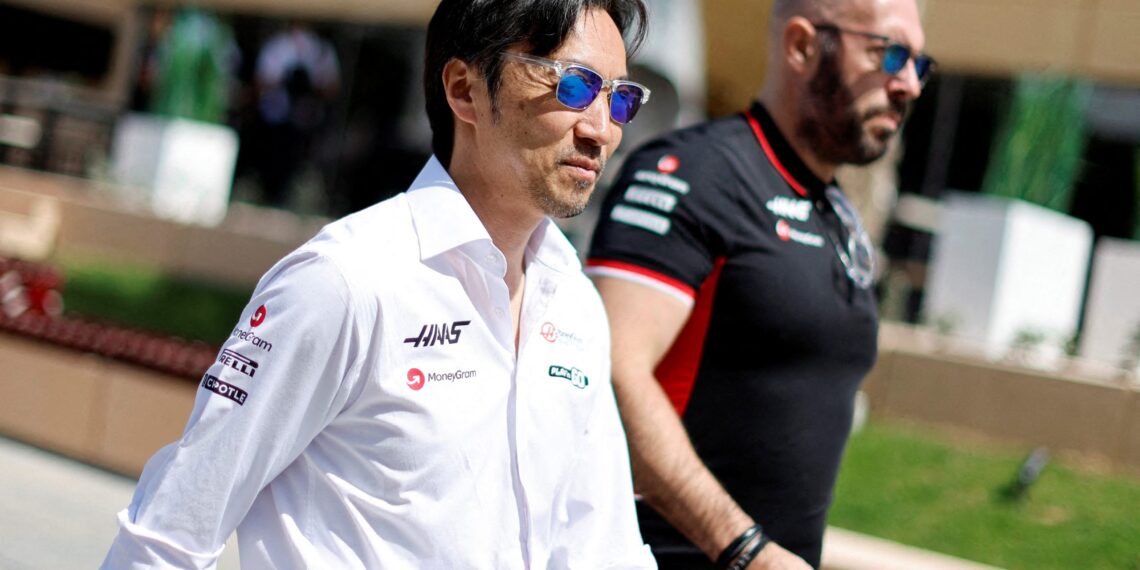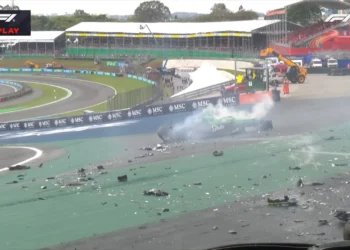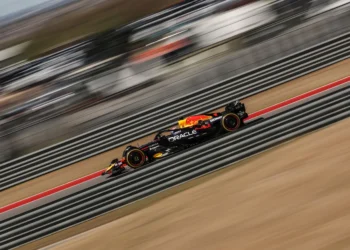Title: F1 Drama Unfolds: Haas Avoids Catastrophe with a Daring Gamble!
In a nail-biting turn of events, Haas Team Principal Ayao Komatsu confesses to feeling “sick” as his drivers languished at the bottom of the grid during the practice sessions of the 2025 Formula 1 season opener in Australia. The team was on the brink of disaster, grappling with a severe high-speed instability in their VF-25 car, a problem exacerbated by the bumpy asphalt of Albert Park’s infamous turns 9 and 10. This shocking revelation came as a complete surprise, particularly since no such issues had arisen during the pre-season tests.
Determined to uncover the root of the malfunction, the Haas team meticulously reviewed every evolution made from the VF-24 to the latest chassis. Komatsu explained the struggle: “The limitations on aerodynamic testing in wind tunnels made it nearly impossible to assess real-world track conditions accurately. Some scenarios simply can’t be replicated without risking damage to our equipment.”
A High-Stakes Decision
With no time to validate a fix in the wind tunnel, Haas took a bold leap of faith. They introduced a risky modification at Suzuka, based solely on a “well-founded guess.” Against all odds, this audacious update paid off—Oliver Bearman clinched a commendable 10th place finish, showcasing significant improvements in high-speed corners and aerodynamic load. Subsequent tests confirmed that their hunch was spot on.
Komatsu elaborated, “Testing the current car close to the ground in the wind tunnel isn’t feasible because it risks breaking the belt. Certain conditions can’t be mimicked. We thought we had a solid metric because we didn’t face this issue last year, while other teams were already ahead of us. But until we witnessed it firsthand, we had no idea that our CFD and wind tunnel methodology were unable to predict this.”
A Calculated Risk, Not a Blind Shot
The Japanese team boss candidly acknowledged that the metrics they relied on “were not good enough” and admitted that the parameters set were “too aggressive.” Once the issue was identified, the team’s priority shifted to finding a way to mitigate its impact on the car.
“We didn’t take a blind shot in the dark; it was a well-founded guess. We analyzed everything, and with our best understanding, we concluded: ‘We believe this is the problem.’ Fortunately, it worked,” he stated.
This thrilling saga showcases the fine line between success and failure in the high-stakes world of Formula 1 racing. As Haas navigates through the complexities of their machinery and the unpredictable nature of the sport, one thing is clear: sometimes, a calculated risk is all it takes to turn the tide in their favor. The drama continues, and the racing world eagerly watches to see if Haas can maintain their newfound momentum!










